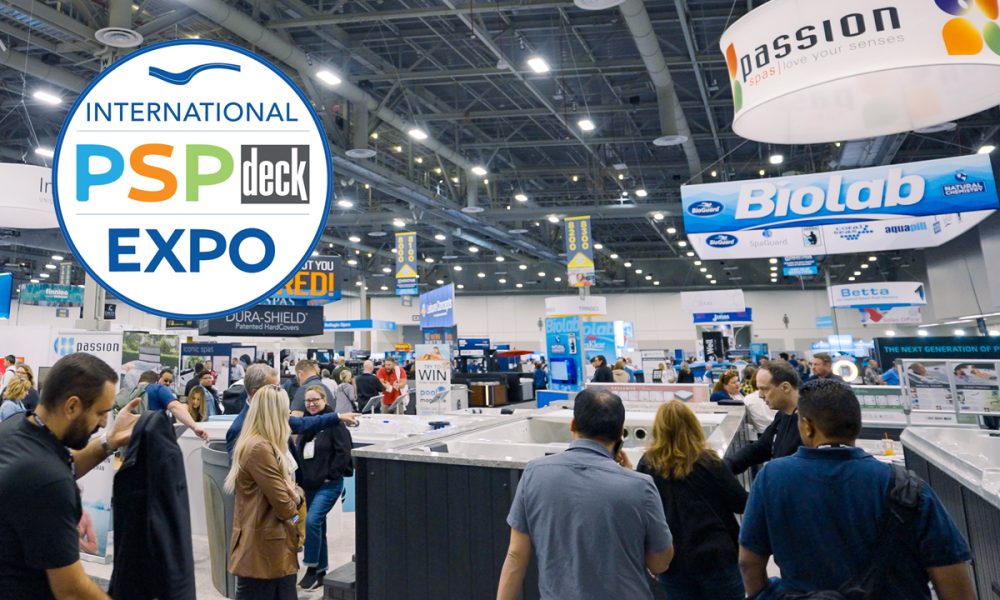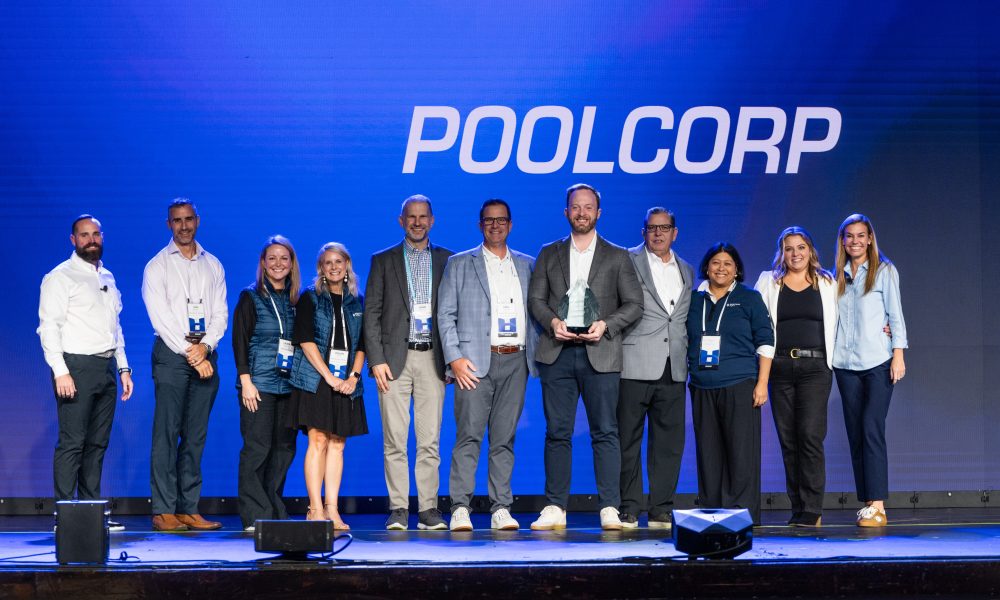In the early months of the COVID-19 pandemic, supply chain disruptions and plant closures created a surge in chlorine prices that pool owners and service providers are still grappling with today. Many hoped that the reopening of BioLab’s plant in November 2022—a critical producer of chlorine products—would ease the strain on the market. However, almost two years later, chlorine prices remain high.
Seeking to provide clarity, this article delves into the underlying reasons why chlorine prices have not returned to pre-pandemic levels, despite expectations of relief. A combination of market dynamics, increased demand, limited supply, rising production and transportation costs, and inflation continues to exert upward pressure on chlorine prices.
What Caused Chlorine Prices to Spike?
To understand why chlorine prices remain elevated, it’s essential to look back at the events that triggered the initial spike.
The initial spike in chlorine prices can be traced back to a combination of several key factors:
1. The BioLab Plant Fire in 2020
The most significant event contributing to the chlorine shortage was a devastating fire at BioLab’s production plant in Westlake, Louisiana. The fire occurred in August 2020, shortly after Hurricane Laura swept through the area, damaging the plant. BioLab was a leading producer of chlorine tablets, and the destruction of this facility removed a major supplier from the market. With fewer producers able to meet demand, prices began to rise sharply.
2. Surge in Pool Construction During the Pandemic
The COVID-19 pandemic led to a boom in backyard pool construction, as more people sought ways to stay entertained at home. As a result, demand for chlorine soared. With more pools being built than ever before, both new and existing pool owners stocked up on chlorine to maintain their water, further exacerbating the supply crunch.
3. Panic Buying and Stockpiling
Similar to the panic buying seen with other goods during the pandemic, many pool owners and professionals began stockpiling chlorine. Uncertain of when the supply chain would normalize, consumers bought large quantities of chlorine tablets, adding more pressure to the already limited supply.
4. Supply Chain Disruptions
Global supply chain issues affected the delivery of raw materials and chemical components needed for chlorine production. Pandemic-related labor shortages, transportation delays, and increased shipping costs made it more difficult for manufacturers to keep up with demand, which in turn drove prices higher.
5. Limited Number of Chlorine Producers
Even before the fire, the pool chlorine industry was already reliant on a small number of manufacturers, with limited capacity to absorb sudden demand increases or production disruptions. With BioLab out of commission, the remaining producers struggled to fill the gap, leading to further price increases.
These factors combined to create a perfect storm, resulting in skyrocketing chlorine prices that have yet to return to pre-pandemic levels, even with BioLab back online.
Understanding Market Dynamics: A Slow Road to Stability
Although chlorine prices have eased slightly from their peak in 2022, they remain stubbornly high compared to pre-pandemic levels. Market reports indicate that prices have decreased from their all-time high, offering some relief to pool owners and service professionals. However, chlorine still costs approximately 20% more than it did before the pandemic began.

This modest dip in prices reflects a gradual recovery, yet, the market has not returned to normal. Persistent inflation, rising production and transportation costs, and increased demand for chlorine are keeping prices elevated.
While these conditions suggest that further price stabilization may be on the horizon, the 20% gap highlights the lasting impact of the pandemic-era disruptions. Many pool owners have had to adjust their budgets and explore alternatives, such as mineral-based algaecides or UV systems, to manage costs as they continue navigating higher chlorine prices.
Supply and Demand: A Pandemic-Driven Boom in Pool Construction
The pandemic triggered a surge in pool construction as people sought ways to enhance their outdoor living spaces. This increase in residential pools has led to a rise in demand for pool chemicals, including chlorine. According to industry reports, the demand for chlorine has grown steadily since 2020, putting additional pressure on manufacturers to meet consumer needs.
However, the number of companies that manufacture pool chlorine tablets is limited, leaving little room to absorb the sudden uptick in demand. Even with BioLab back in operation, the supply side of the equation is still catching up. Ongoing supply chain disruptions—ranging from shortages in raw materials to bottlenecks in logistics—have further complicated efforts to streamline production.
Additionally, chlorine producers are facing a labor crunch, with many manufacturers struggling to fill skilled positions needed to keep production lines running efficiently. As a result, it has been challenging to meet the higher demand without delays or increased costs, perpetuating high prices.
Rising Production and Transportation Cost
The cost of producing and transporting chlorine has also increased significantly, contributing to the persistent price hikes. Chlorine production is energy-intensive, and rising energy prices have driven up operational costs. Additionally, chlorine tablets require specific packaging to ensure safe handling and storage, and the cost of packaging materials has gone up as well with inflation.
Transportation costs have also increased, further impacting chlorine prices. The chemical industry relies heavily on specialized transportation to move hazardous materials like chlorine safely. Fuel costs have fluctuated over the past few years, and freight companies have raised rates due to driver shortages and higher operational expenses.
“The logistics involved in transporting chlorine are complicated and expensive,” one industry insider explained. “These costs inevitably get passed down to the consumer.”
Inflation’s Impact on Chlorine Prices
Inflation has played a major role in keeping chlorine prices elevated. In recent years, inflationary pressures have increased across nearly all sectors of the economy, from raw materials to labor and transportation. The pool industry has not been immune to these effects.
Even as some supply chain issues have been resolved, the cost of doing business has remained high. Labor costs have increased as employers offer higher wages to attract workers, and the cost of raw materials used in chlorine production has risen as well. These inflationary pressures have forced manufacturers to maintain higher prices to cover their increased expenses.

Outlook: When Will Prices Stabilize?
The chlorine market is likely to remain volatile in the near term, with no immediate relief in sight for consumers. While BioLab’s reopening was a big step in the right direction toward restoring balance in the market, the industry is still grappling with the long-term effects of the pandemic. Market stabilization will depend on several factors, including improvements in supply chain efficiency, labor availability, and energy prices.
In the meantime, pool owners and service providers will need to find ways to manage costs. Many professionals are turning to alternatives, such as mineral-based algaecides and UV sanitation systems, to reduce chlorine consumption. Others are stocking up on chlorine during off-peak seasons, when prices are slightly lower, to mitigate the impact of ongoing price fluctuations.
Industry experts predict that chlorine prices may begin to stabilize by late 2024 or 2025 as supply chains improve and inflationary pressures ease. However, with demand for pools and outdoor living continuing to grow, it is unlikely that chlorine prices will return to pre-pandemic levels anytime soon.
Main Take Aways
Despite hopes that chlorine would drop substantially in 2024, a combination of factors has kept them stubbornly high. Market dynamics, ongoing supply and demand imbalances, rising production and transportation costs, and inflation have all contributed to the persistence of elevated prices.
While there may be some long-term stabilization in the future, pool owners and service professionals will need to remain adaptable in managing their chlorine needs. Exploring alternative sanitation methods, optimizing chemical usage, and planning ahead for seasonal fluctuations can help mitigate the impact of high chlorine prices.
As the pool industry continues to evolve, the lessons learned from this period of price instability will likely shape future strategies for managing supply, demand, and production costs more effectively. Until then, consumers will need to navigate the realities of a complex and evolving market.
The post The Pandemic is Over, So Why Are Chlorine Prices Still So High? appeared first on PoolMagazine.com – Get The Latest Pool News.







